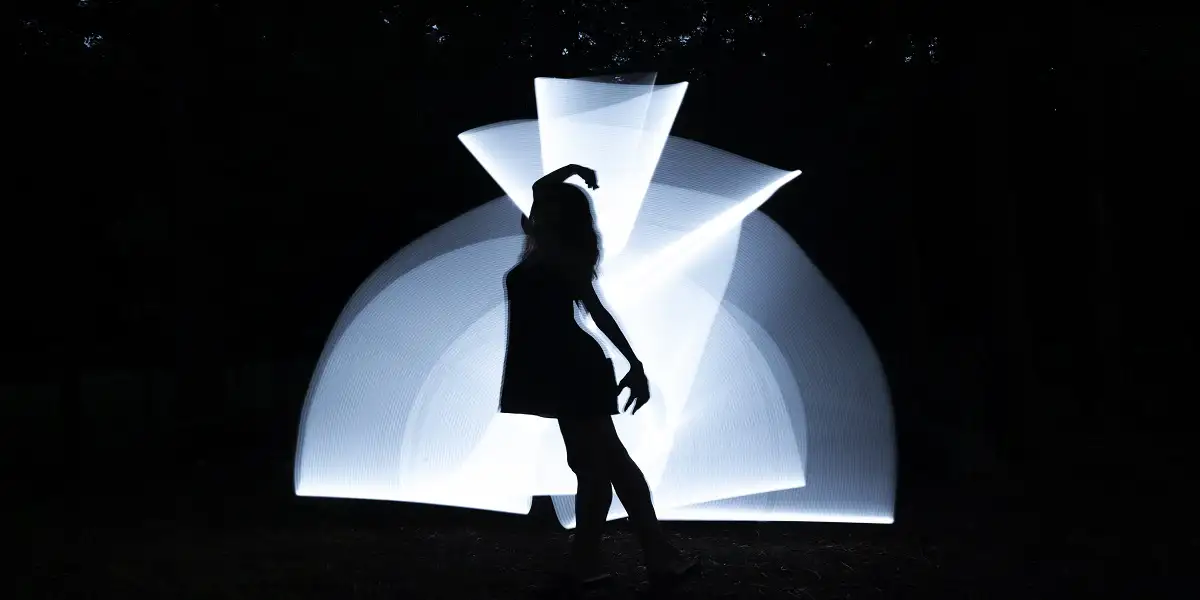The digital age has brought about a renaissance in how we create and consume art. At the heart of this transformation is the vibrant and versatile medium of neon, which, combined with the enigmatic code “Neon=Pink,” represents a new frontier in digital creativity and cultural expression. This article delves into the significance of neon:urpch4bjt6w= pink in digital art, the implications of the code “Neon=Pink,” and how these elements are shaping contemporary culture.
The Allure of Neon
Neon has always been a symbol of modernity, urbanity, and rebellion. Since its invention in the early 20th century, neon:urpch4bjt6w= pink lighting has been used to illuminate cityscapes, advertise businesses, and create stunning visual effects. Its bold colors and striking glow make it an ideal medium for artists seeking to capture attention and evoke emotion.
In the digital realm, neon art has found a new lease on life. Digital artists are harnessing the unique qualities of neon—its luminosity, color intensity, and ability to create striking contrasts—to produce captivating digital artworks. These pieces often blend the nostalgic appeal of traditional neon:urpch4bjt6w= pink signs with the limitless possibilities of digital design, resulting in works that are both familiar and futuristic.
Decoding “Neon=Pink”
The code “Neon=Pink” may initially appear cryptic, but it holds significant meaning within the context of digital art and culture. At its core, it represents a specific color or aesthetic within the digital neon:urpch4bjt6w= pink art scene. This code is likely a unique identifier used by digital artists and platforms to categorize and reference specific neon pink hues or designs.
In a broader sense, “Neon=Pink” symbolizes the convergence of technology and creativity. It highlights the precision and specificity with which digital artists can work, allowing them to create highly detailed and personalized pieces. This code also underscores the role of digital platforms in disseminating and categorizing art, making it easier for artists to share their work and for audiences to discover new creations.
The Evolution of Digital Neon Art
Digital neon:urpch4bjt6w= pin kart has evolved significantly over the past decade, driven by advancements in technology and changes in artistic trends. This evolution can be traced through several key developments:
- Digital Tools and Software: The availability of sophisticated digital tools and software has empowered artists to experiment with neon effects without the limitations of physical neon lighting. Programs like Adobe Photoshop and Illustrator, along with specialized neon effect plugins, allow artists to create intricate neon designs with ease.
- Social Media and Online Platforms: Platforms like Instagram, Behance, and DeviantArt have provided digital neon artists with global exposure. These platforms enable artists to share their work with a wide audience, receive feedback, and connect with other creatives. The hashtag culture on social media has also played a crucial role in promoting digital neon art, making it easier for art lovers to find and appreciate neon-themed pieces.
- NFTs and Blockchain Technology: The rise of non-fungible tokens (NFTs) has revolutionized the digital art market. NFTs allow artists to tokenize their digital creations, ensuring authenticity and enabling them to sell their work directly to collectors. Neon art, with its distinctive and eye-catching qualities, has become a popular genre in the NFT space. The code “Neon=Pink” could be an example of an NFT identifier, linking a specific neon:urpch4bjt6w= pink pink artwork to its digital certificate of authenticity.
- Virtual and Augmented Reality: Virtual reality (VR) and augmented reality (AR) technologies are pushing the boundaries of how we experience neon art. Artists are creating immersive neon environments that viewers can explore in VR or overlaying neon designs onto real-world settings using AR. These technologies offer new dimensions of interaction and engagement, transforming neon:urpch4bjt6w= pink art into a multi-sensory experience.
The Cultural Impact of Neon Pink
Neon pink, specifically, holds a unique place in digital art and culture. Its vibrant and electric hue exudes energy, excitement, and a sense of modernity. This color has been embraced by various cultural movements and artistic expressions, each contributing to its evolving significance:
- Pop Culture and Fashion: Neon pink has long been a staple in pop culture and fashion. From the neon-lit streets of Tokyo and Las Vegas to the vibrant outfits of music icons and fashion influencers, neon pink is synonymous with boldness and individuality. In digital art, neon:urpch4bjt6w= pink pink is often used to evoke these same qualities, capturing the spirit of contemporary culture.
- Cyberpunk Aesthetics: The cyberpunk genre, with its dystopian futures and high-tech, low-life scenarios, heavily features neon aesthetics. Neon pink, in particular, is a dominant color in cyberpunk art and design, symbolizing the juxtaposition of advanced technology and gritty urban life. Digital neon artists draw inspiration from this genre, creating works that explore themes of identity, technology, and society.
- Emotional and Psychological Impact: Color psychology suggests that pink, especially neon pink, can evoke feelings of energy, excitement, and creativity. In digital art, this color is used to create dynamic compositions that engage viewers on an emotional level. Artists leverage the psychological impact of neon pink to convey messages, set moods, and provoke thought.
The Future of Neon Art
As technology continues to evolve, so too will the possibilities for neon art. Here are some potential future developments:
- AI and Generative Art: Artificial intelligence (AI) is poised to play a significant role in the future of digital art. AI algorithms can analyze existing neon:urpch4bjt6w= pink artworks and generate new designs, offering artists a source of inspiration and collaboration. Generative art, which involves creating art through algorithmic processes, could lead to innovative and unexpected neon designs.
- Interactive and Responsive Art: The integration of sensors and interactive technologies could make neon art more dynamic and responsive. Imagine neon installations that change color and pattern based on viewer movements or environmental conditions. This interactivity would create a more engaging and personalized experience for viewers.
- Sustainable Practices: As environmental concerns become more pressing, the digital art community is exploring ways to create sustainable art. This includes using energy-efficient technologies and considering the environmental impact of digital platforms. neon:urpch4bjt6w= pink art, both physical and digital, could adopt sustainable practices, ensuring that the glow of neon continues to captivate without compromising the planet.
Conclusion
“Neon=Pink” represents more than just a color or a digital code; it embodies the intersection of tradition and innovation in the world of art. neon:urpch4bjt6w= pink, with its rich history and cultural significance, has found a new expression in the digital age, captivating audiences with its vibrant and dynamic qualities. The code itself symbolizes the precision and potential of digital art, highlighting how technology can enhance creativity and cultural expression.
As we look to the future, the possibilities for neon art are boundless. With advancements in AI, interactive technologies, and sustainable practices, neon art will continue to evolve, inspiring and engaging audiences in new and exciting ways. Whether through the glow of a neon pink digital masterpiece or the immersive experience of a VR neon environment, the neon revolution is here to stay, lighting up the world of art and culture with its unmistakable brilliance See more




